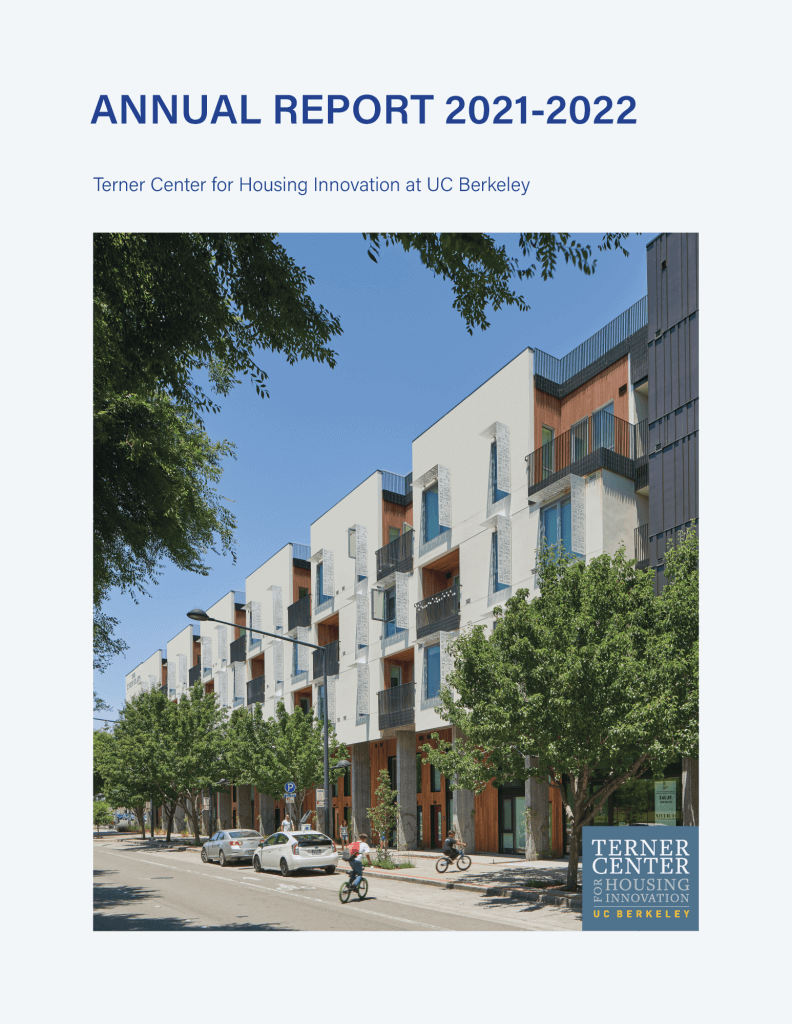Announcing New Terner Center Series: The Cost of Building Housing
Published On January 17, 2018
In recent years, the housing affordability challenges faced by high-cost regions have gone from bad to worse. A number of factors, including shrinking public subsidy, explosive job growth, wage stagnation, and a severely constrained supply of housing have all been widely cited as drivers (with each region facing a unique set of circumstances).
Another factor that is compounding the housing affordability issue is the actual amount of money it takes to build a housing unit. In recent years, the cost of building has skyrocketed in places like San Francisco – in some cases increasing by up to 50 percent – making new housing development increasingly difficult to finance and produce.
Why is this? What is it about building homes that has become so expensive, what interventions might be most effective at controlling these costs?
These are the questions at the heart of our new research series: The Cost of Building Housing. We will be diving into quantitative and qualitative evidence that helps us better understand which elements of building housing has become so expensive (is it land? materials? labor? fees?), the drivers of these increases, and what practitioners and policymakers might do to address these elements individually, and collectively, to bring down costs for homebuyers and renters.
To begin, the Terner Center will be releasing two studies, due out later this month:
A paper examining the role of development fees – assessed at the local level to offset infrastructure impacts and pay for services related to new development – in overall housing development costs
A brief sharing results from focus groups and interviews with development practitioners offering their perspective on the drivers of rising costs of construction and potential policy interventions to be considered at the city and state level.
Future publications will include, for example, a comprehensive quantitative analysis of the costs of construction, using a database of actual projects in California in recent years, and a comparison of costs between housing developments generating market-rate units, those generating affordable units, and those using Low Income Housing Tax Credit financing. Additional resources, including webinars, slide decks, and other materials will supplement our writing on these topics, and future studies on the various elements that shape the cost of building are also under development.
If you are interested in being notified about future publications from The Cost of Building Housing Series, sign up for our mailing list. If you are a housing developer and have faced cost increases in recent years, we would welcome your participation in our study. Please contact ConstructionCostStudy@berkeley.edu and if you have questions, feedback, or ideas about this effort, please contact us at ternercenter@berkeley.edu





